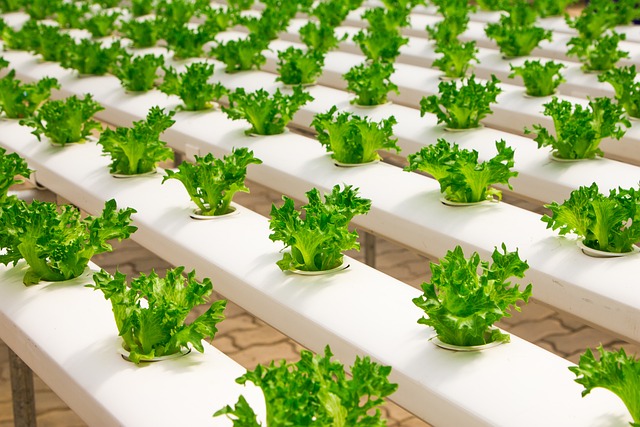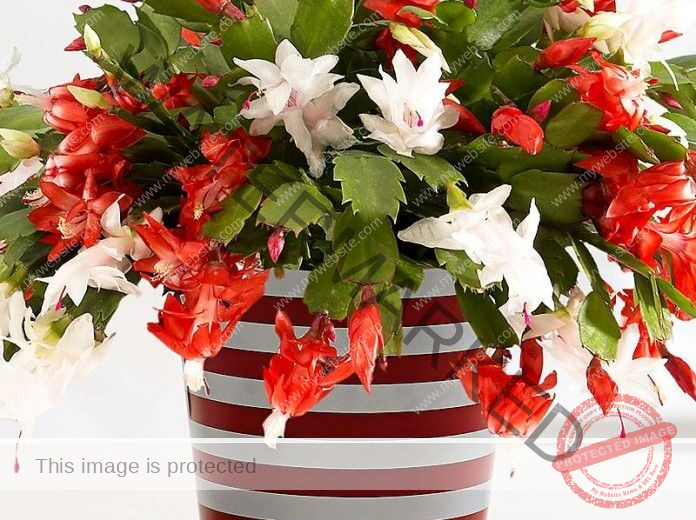In today’s world of innovative gardening techniques, hydroponics has gained significant popularity. Hydroponic gardening is a method of growing plants without soil, using nutrient-rich water instead.
If you’re intrigued by this fascinating approach and want to learn how to prepare a hydroponic solution and start growing plants step by step, you’ve come to the right place.
In this comprehensive guide, we’ll walk you through the process, from setting up your hydroponic system to nurturing thriving plants. Let’s get started!
How To Prepare Hydroponic Solution And Start Growing Plants Step by Step
Before diving into the details of preparing a hydroponic solution, it’s essential to grasp the concept of hydroponics itself. Hydroponics is a method of growing plants without traditional soil. Instead, plants are cultivated in a nutrient-rich water solution, allowing them to receive all the essential nutrients directly.
Benefits of Hydroponic Gardening
Hydroponic gardening offers numerous advantages, including faster growth, higher yields, and reduced water usage. It’s also a space-efficient option, making it perfect for urban gardening.
Selecting the Right Hydroponic System
The choice of a hydroponic system depends on factors like space, budget, and the types of plants you want to grow. Common systems include the Nutrient Film Technique (NFT), Deep Water Culture (DWC), and Wick System.
Ingredients for the Hydroponic Solution
To prepare your hydroponic solution, you’ll need water and specific hydroponic nutrients. These nutrients typically include nitrogen, phosphorus, potassium, calcium, magnesium, and trace elements.
Preparing the Hydroponic Solution
Creating the hydroponic solution involves mixing water with the hydroponic nutrients in precise ratios. This ensures that your plants receive the right balance of essential elements.
Testing and Adjusting pH Levels
Maintaining the correct pH level in your hydroponic solution is crucial. Regularly test the pH and adjust it using pH up or pH down solutions as needed.
Choosing Suitable Plants
Not all plants thrive in hydroponic systems. Leafy greens, herbs, and tomatoes are some examples of plants that do exceptionally well. Research and choose plants that suit your preferences and environment.
Setting Up the Hydroponic System
Once your solution is ready and your plants are selected, it’s time to set up your hydroponic system. This can range from a simple Kratky system to a more complex DWC system.
Transplanting Seedlings
Carefully transplant your seedlings into the hydroponic system, ensuring their roots are submerged in the nutrient solution.
Nutrient Feeding Schedule
Establish a nutrient feeding schedule based on the specific requirements of your chosen plants. Overfeeding or underfeeding can lead to issues, so monitor your plants closely.
Monitoring and Maintenance
Consistent monitoring is key to successful hydroponic gardening. Keep an eye on nutrient levels, pH, and any signs of plant stress or disease.
How To Make & Mix Hydroponics Solution
Mixing a hydroponic nutrient solution at home is a crucial step in successful hydroponic gardening. Here’s an explainer on how to create a hydroponic nutrient solution, including the constituent materials and the steps to make it perfect for planting crops:
Materials Needed:
Water: Use clean, pH-neutral water for your hydroponic solution. You can use tap water if it has a pH level of around 7, or consider using distilled or reverse osmosis water for more precise control.
Hydroponic Nutrient Solution: You can purchase pre-made hydroponic nutrient solutions from gardening stores or online retailers. These solutions contain essential macro and micronutrients necessary for plant growth. There are different formulations available for different growth stages (e.g., vegetative and flowering).
Measuring Instruments: You’ll need a pH meter and an electrical conductivity (EC) or total dissolved solids (TDS) meter to monitor and adjust the pH and nutrient concentration accurately.
Containers: Use clean containers for mixing the solution. Plastic buckets or jugs work well.
Stirring Tools: To mix the solution thoroughly, you’ll need a stirring rod or a hand mixer.
Steps to Mix the Hydroponic Nutrient Solution:
Calculate the Water Volume: Determine the volume of water you need based on the size of your hydroponic system and the number of plants you’ll be growing. Make sure to have a little extra to account for evaporation and nutrient uptake.
Dilution Ratio: Check the manufacturer’s instructions on the nutrient solution package for the recommended dilution ratio. This ratio typically ranges from 1:200 to 1:800, meaning you’ll use 1 part of the nutrient solution for every 200-800 parts of water.
Measure the Nutrient Solution: Using a measuring cup or scale, carefully measure the required amount of hydroponic nutrient solution according to the dilution ratio.
Mix the Solution: Pour the measured nutrient solution into your container with the calculated volume of water. Start stirring the solution gently to ensure even distribution of nutrients. Continue stirring until the solution is well-mixed.
Adjust pH Level: Use the pH meter to check the pH level of the nutrient solution. The ideal pH for most hydroponic crops is around 5.5 to 6.5. If the pH is too high, add pH down solution to lower it. If it’s too low, use pH up solution to raise it. Stir and recheck until you reach the desired pH.
Check EC/TDS: Measure the electrical conductivity (EC) or total dissolved solids (TDS) of the solution using your meter. The ideal EC/TDS levels vary depending on the growth stage of your plants and the type of crops you’re cultivating. Refer to the manufacturer’s recommendations or specific crop guidelines for target values.
Adjust Nutrient Concentration: If the EC/TDS levels are too low, add more nutrient solution to increase concentration, or dilute the solution with water if it’s too high. Keep adjusting until you achieve the desired EC/TDS levels.
Final Stir: Give the solution one final gentle stir to ensure all adjustments are well-mixed.
Store and Use: Store your nutrient solution in a cool, dark place, and keep it well-sealed to prevent contamination. Use it to feed your hydroponic plants according to your chosen feeding schedule.
The nutrient requirements may vary based on the specific plants you’re growing, so always refer to plant-specific guidelines and monitor your plants’ health to make any necessary adjustments to the nutrient solution. Proper mixing and monitoring will help ensure your hydroponic crops thrive and produce a bountiful harvest.
Common Hydroponic Problems
Learn to identify and address common issues such as nutrient deficiencies, root rot, and algae growth in your hydroponic system.
Harvesting Your Hydroponic Crops
The best part of hydroponic gardening is the harvest. Enjoy fresh, home-grown produce with significantly fewer pests and diseases.
Hydroponic Gardening Tips and Tricks
Discover valuable tips and tricks to enhance your hydroponic gardening experience, from maximizing light exposure to optimizing nutrient delivery.
Is hydroponic gardening suitable for beginners?
Yes, hydroponic gardening can be suitable for beginners with proper research and guidance.
How often should I change the hydroponic solution?
It’s recommended to change the solution every two to three weeks or when the nutrient levels become depleted.
Can I grow fruit trees hydroponically?
While it’s challenging to grow large fruit trees hydroponically, dwarf varieties can be cultivated in some systems.
Do I need a lot of space for hydroponic gardening?
Hydroponic systems are space-efficient, making them suitable for both small and large spaces.
What is the advantage of hydroponic gardening over traditional soil gardening?
Hydroponic gardening offers faster growth, higher yields, and reduced water usage compared to traditional soil gardening.
Conclusion: A Greener Tomorrow with Hydroponics
Hydroponic gardening is a sustainable and efficient way to grow plants. By following the steps outlined in this guide, you can embark on your hydroponic journey and contribute to a greener future.




